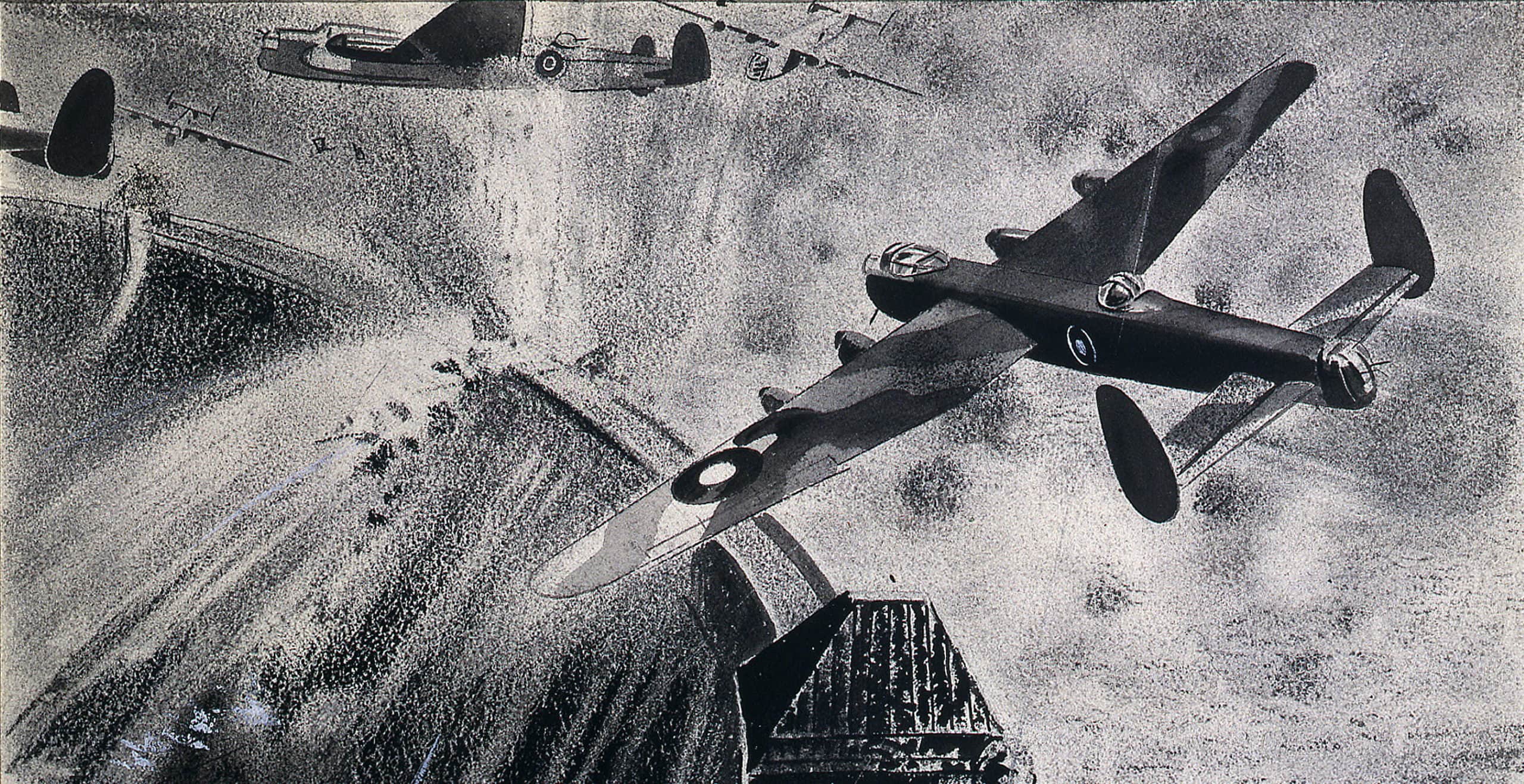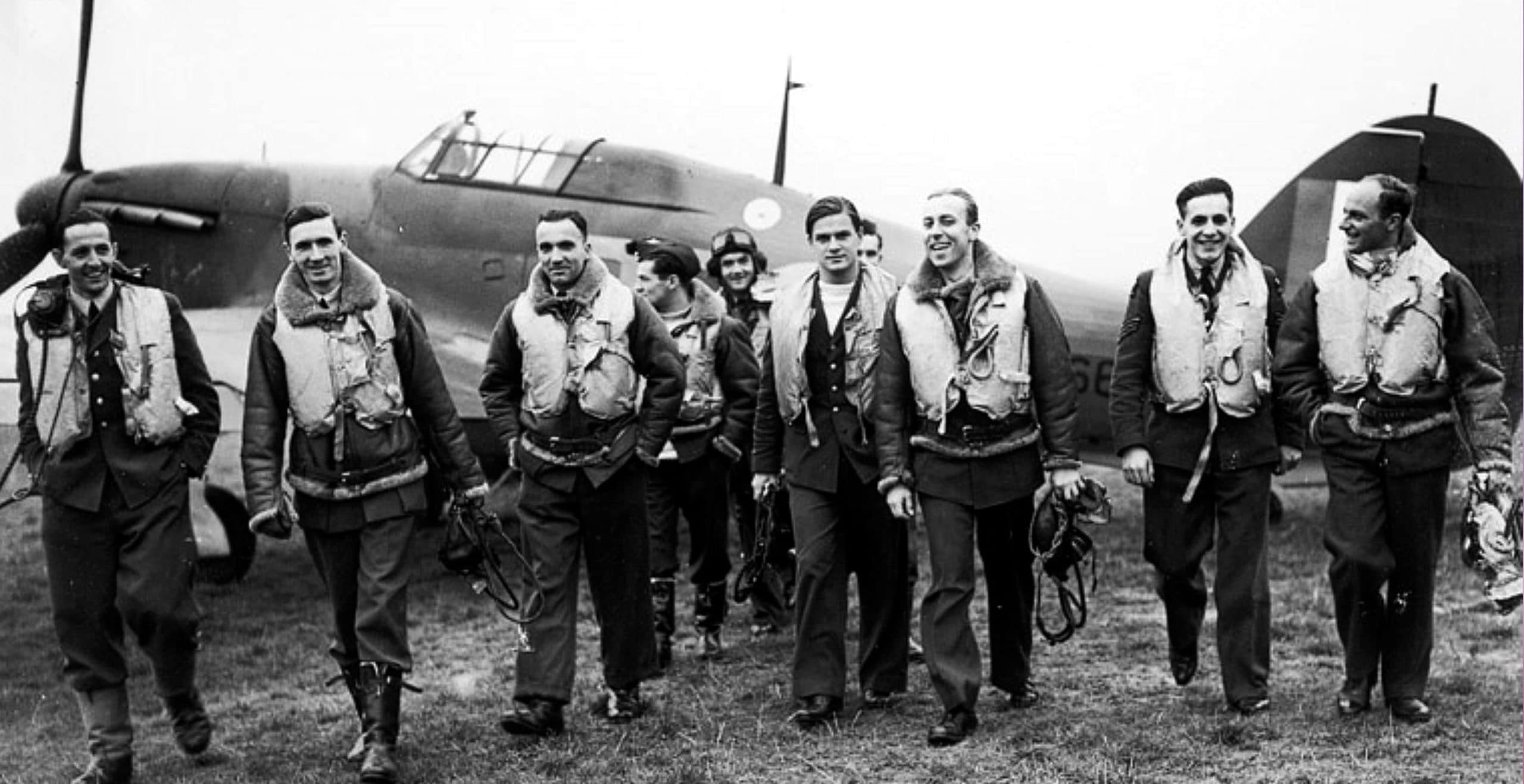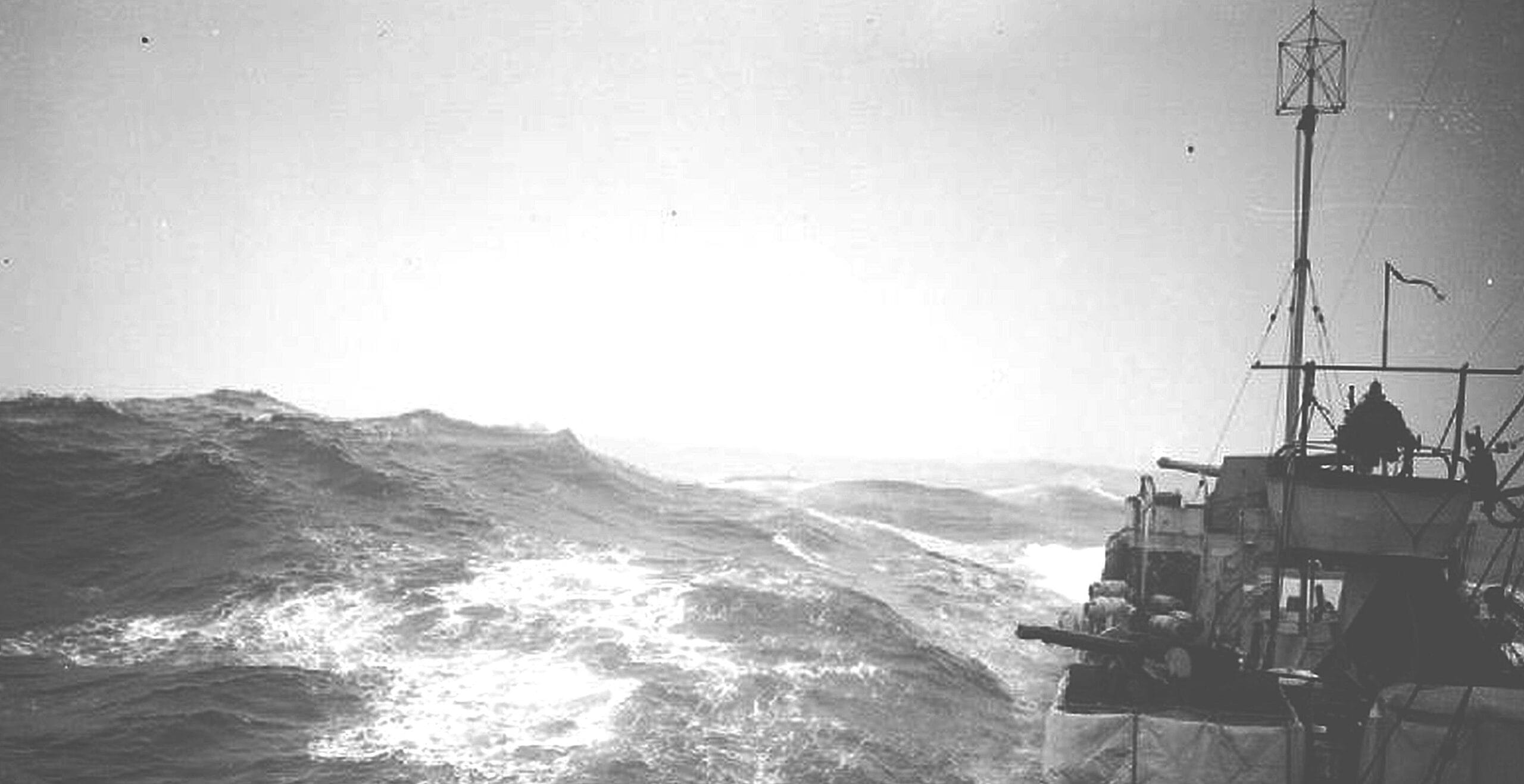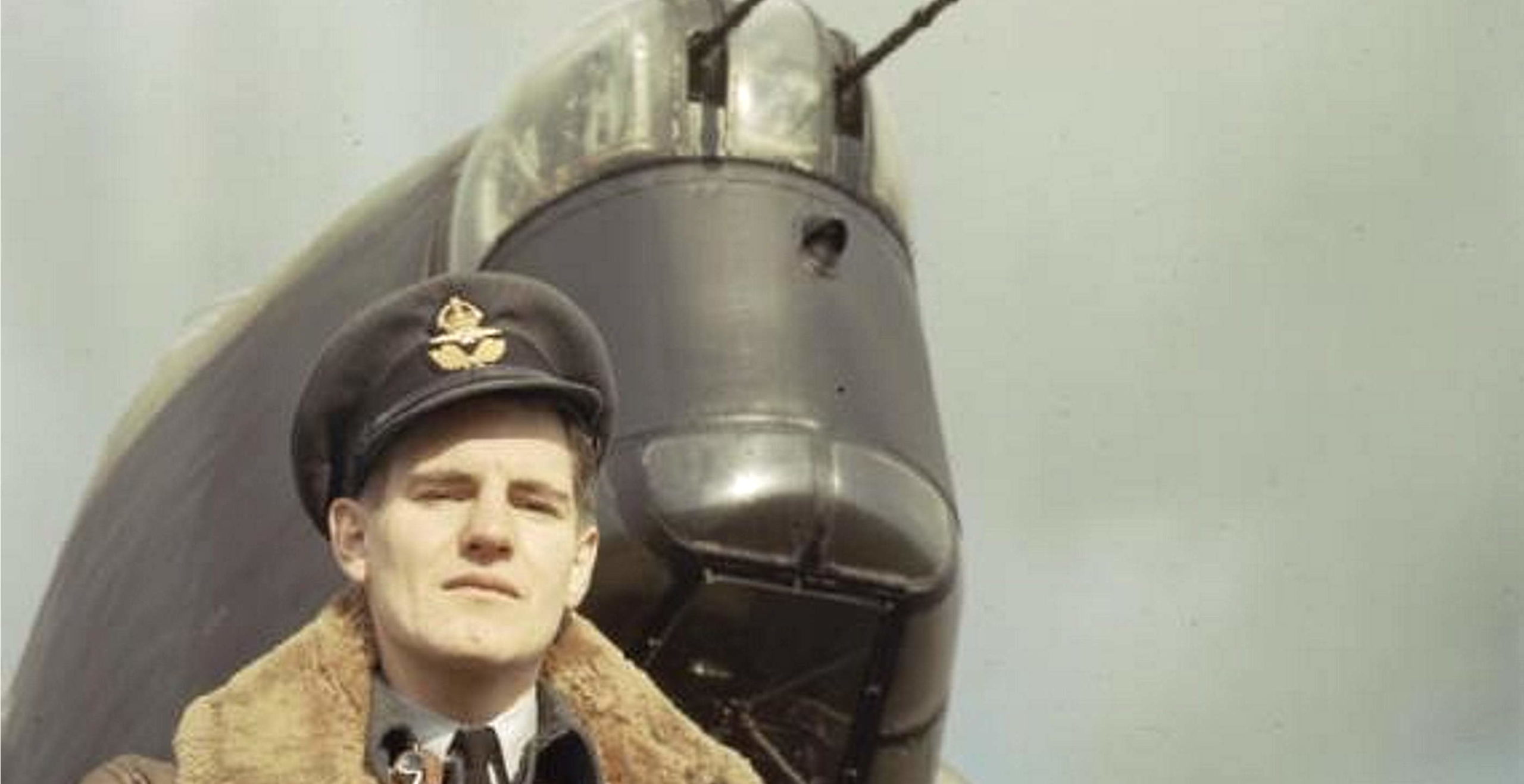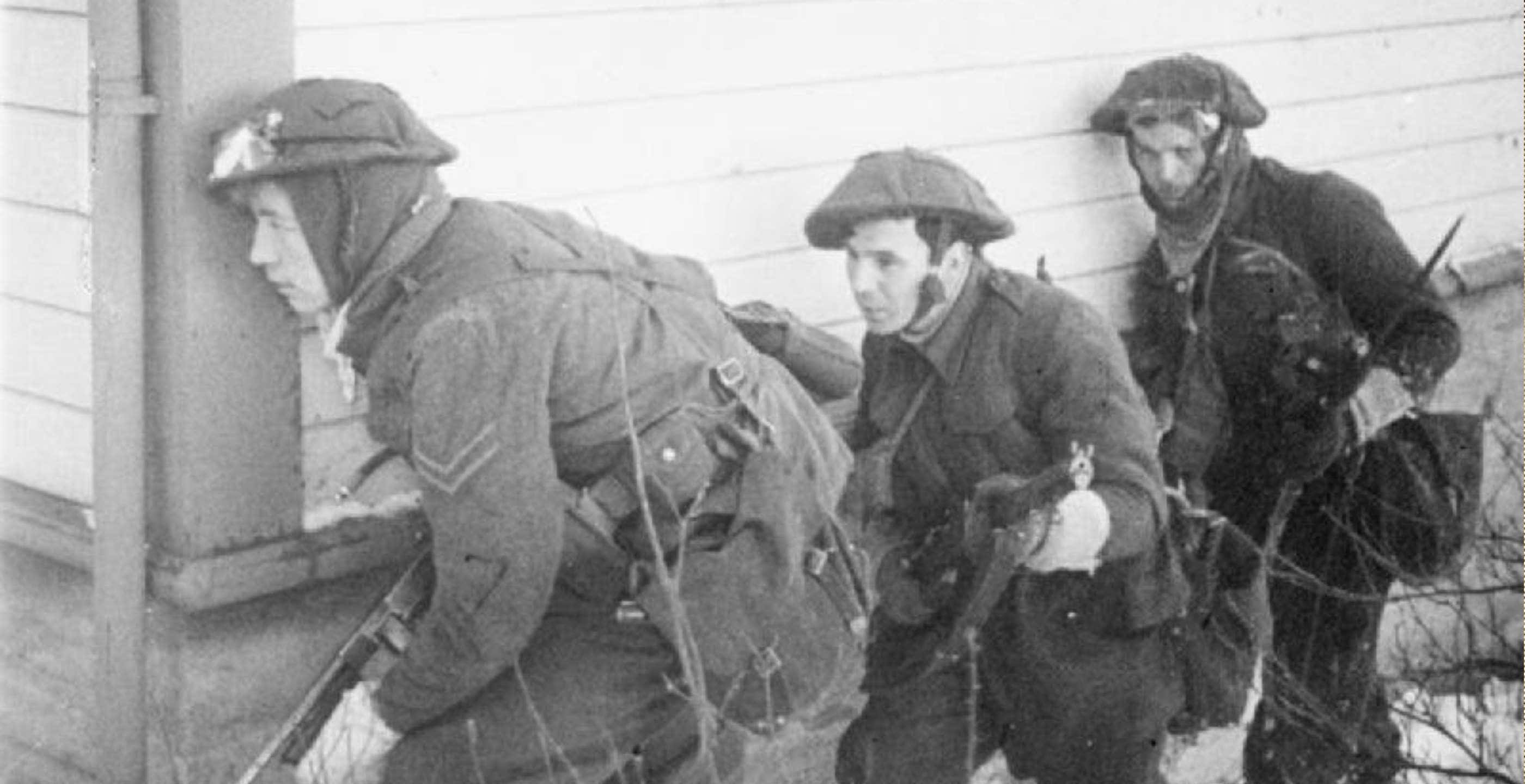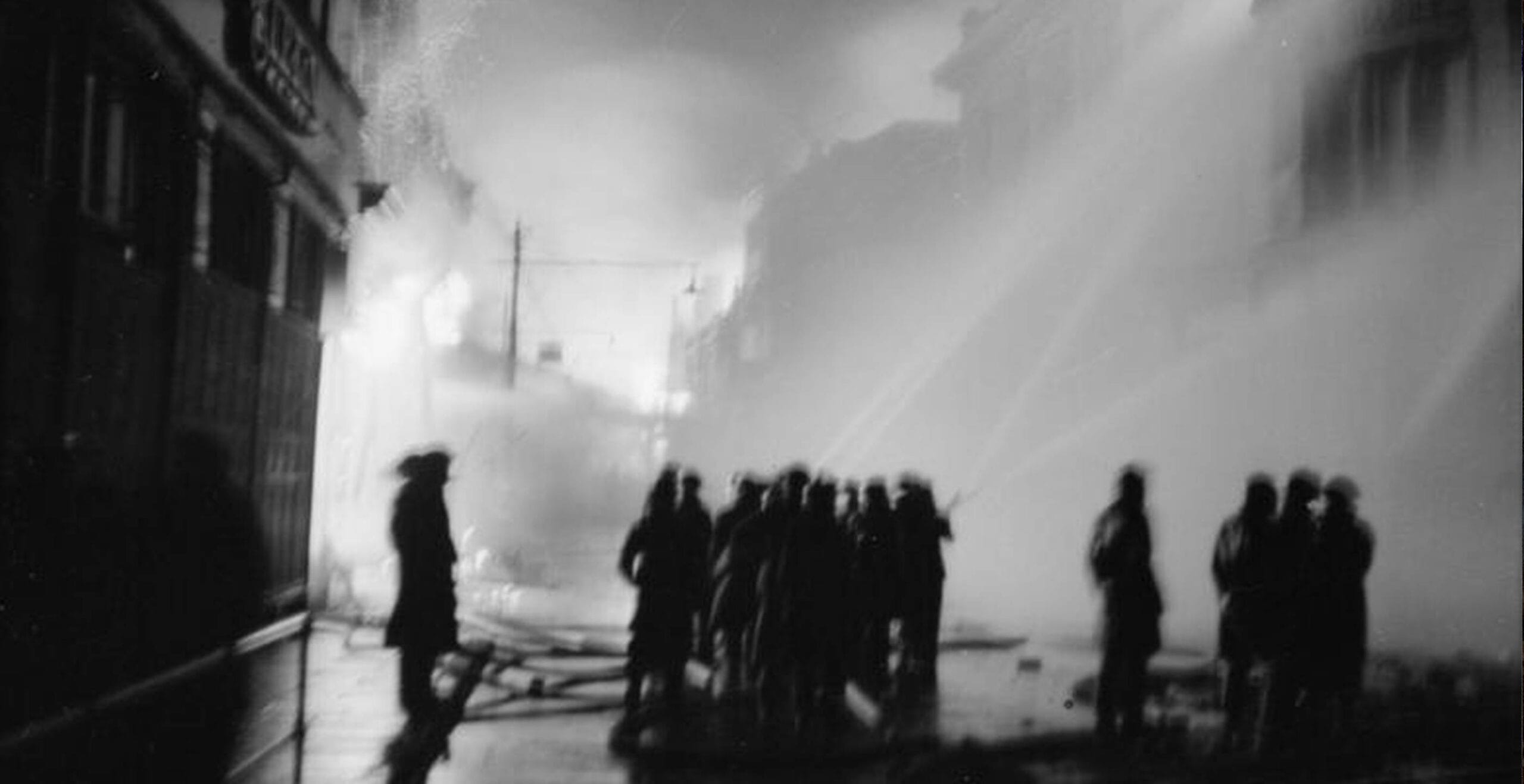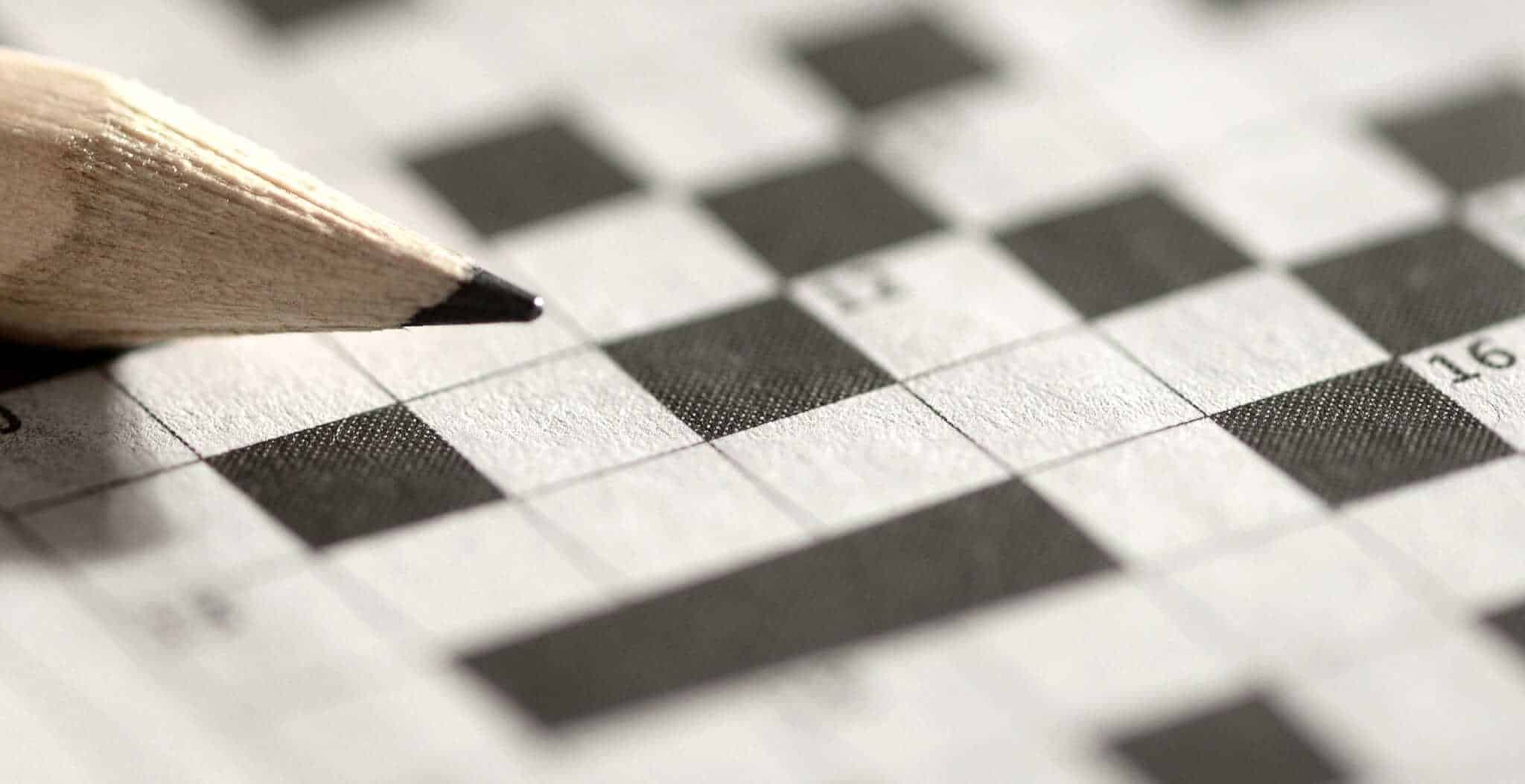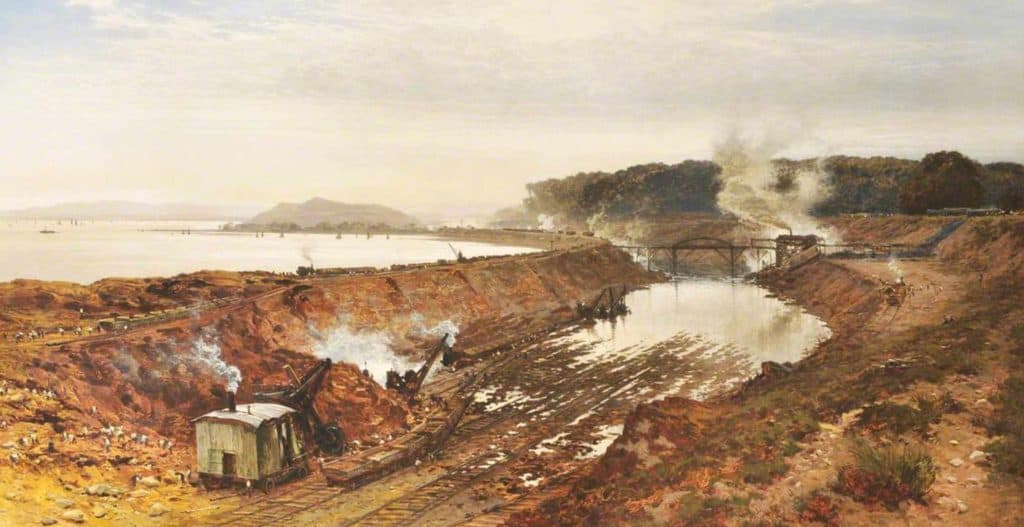At the end of 1940, despite winning the Battle of Britain, the German Luftwaffe was still very active and reconnaissance flights continued. Now their focus was not just the RAF or the major cities of Britain, but other strategic targets, targets which if successfully attacked may still bring Britain to its knees.
Four years ago, as part of an ongoing “Virtual Heritage project” Professor Bob Stone and a team from the University of Birmingham teamed up with Swathe Services Ltd of Cornwall to conduct a survey of Burrator reservoir, just north of Plymouth. By converting the data collected into a Virtual Reality (VR) model of the lakebed, they were able to identify a sunken village – buildings, roads, bridges, even hedgerows – and matched their findings to a 19th century map of the valley. The model also highlighted two lines of spherical objects spanning the reservoir close to the dam. Using the team’s basic remotely operated vehicle (ROV) and extensive local and national research, it was determined that the team had found a WWII ‘T class’ anti-torpedo net. What was that doing there?
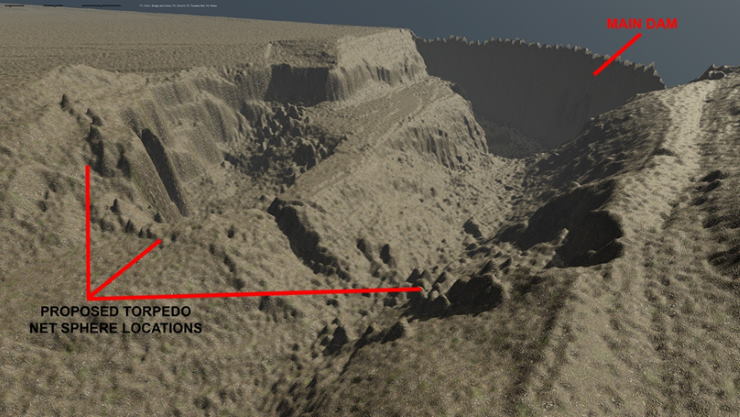
Evidence of Britain’s defence is disappearing fast and the net might just add to a story which is already well known: the story of Operation Chastise, better known as the Dambusters.
Burrator Reservoir was one of a number of reservoirs that were built over the course of the 19th and 20th centuries to supply drinking water to rapidly growing towns and cities around the country. Completed in 1898 the reservoir has two dams, the Burrator Dam, which is built across the River Meavy at Burrator Gorge at the south-western end, and the Sheepstor Dam built on a dividing ridge between the Meavy and Sheepstor Brook at the south-eastern end. Burrator Dam was the first and largest of the two dams, to be built. It is constructed of concrete faced with granite blocks. The Sheepstor Dam is an earth embankment with a core of clay above ground level, and a concrete section below.
In 1923 it was decided to enlarge capacity, and this was achieved by raising the height of both dams by 10 feet. When work began, a temporary suspension bridge was built near Burrator Dam to carry traffic while the work proceeded, work finishing in 1928. The reservoir supplied water to Plymouth and of course the important Royal Naval shipyard at Devonport; the dams were an important strategic target.
Technology in 1941 meant there were no guided weapons or rockets and conventional bombing just wasn’t accurate. Torpedoes were the only option to attack a dam.
With the Luftwaffe’s interest in the dam, an anti-torpedo net was installed. The installation of the net is interesting because the foundations of the old suspension bridge, and part of the chain for the bridge are still there. Therefore, suspending a net from a steel cable strung across the reservoir would be the obvious solution, but another method was used. Large metal floating spheres suspended the net in the water.

Why use floating spheres? This method would take account of the rise and fall in reservoir levels. A net strung from a steel cable could be left hanging in the fresh air if there was a drought or high demand.
A more intriguing reason might be that they were meant to be seen.
German photographic interpreters who saw the net in place, might recommend scratching one target off the list. From a British point of view, deploying troops and anti-aircraft batteries to protect the numerous dams around the country was something Britain could ill afford to do. It appears to have worked; I have not found any record of Burrator dam being attacked, although one Luftwaffe JU88 crashed near the reservoir.
Diving in deep water has its risks especially when you are looking for chains! When the team first dived the site in 2018, their ROV captured some tantalising images. This year (with the kind permission of South West Water) we took along a more sophisticated ROV with sonar to try and capture images of the net and to see how much was still in place.
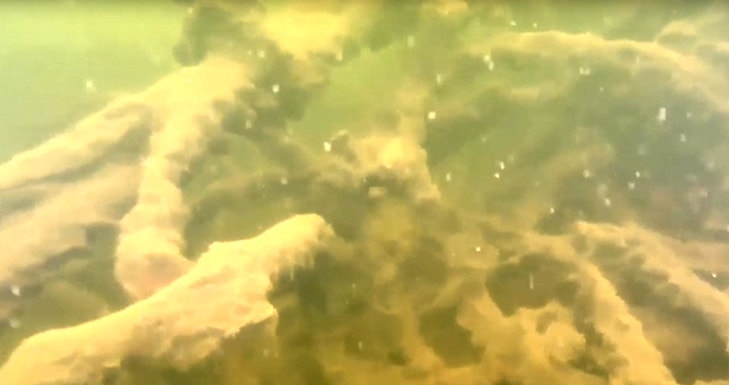
It appears the net is lying in-situ, directly below its original position. Local anecdotes talk of soldiers firing at the spheres to sink them at the end of the war. Spent .303 cartridges have been found on the site.
Unfortunately, the day we picked was not the best for underwater video. It had rained heavily the day before, washing silt and mud into the reservoir. In addition, heavy demand the previous day meant the level had dropped some 3 metres from a couple of days previously. Putting the two together, less volume of water and more suspended matter in the water, the visibility at depth was less than 1 metre.
This is where sonar is so useful. Sonar works by emitting a sound (ping) and listening for the echo. As we know how fast sound travels in water, note the time, divide by two and you know how far away the object is. The sonar fitted to the ROV looks horizontally around the ROV but doesn’t show a picture in a traditional sense. It’s a horizontal slice of what is out there and requires some interpretation.

The image above shows a slice of two spheres. The ROV is at the centre of the picture, the sloping side of the reservoir is seen on the bottom righthand quadrant. The two spheres are resting on the sloping side of the reservoir as it drops away to the bottom. The sonar ping doesn’t go behind objects which is why there is a shadow behind the sphere in the bottom right of the picture. The sphere to the right of the ROV is not as well defined; it is more heavily corroded than the lower sphere and therefore scatters the sound more when reflecting it back.

So, what has all this to do with Operation Chastise? Once the Germans had seen we had protected our dams, naturally they did the same. The reservoirs of the Ruhr store a constant water supply needed for armament production.
With conventional bombing ruled out, going around the nets is obviously not possible and under would mean hitting the dam wall at its thickest point. What was needed was a bomb that could go over the nets, then sink next to the dam wall. The solution came to Barnes Wallis when he saw a child skimming a stone across the water.
By Terry Eglinton and Professor Bob Stone
Terry Eglinton BA (Hons). I have been in the aviation industry for over 45 years, as both an engineer and pilot. I still teach commercial helicopter pilots, but I am now bringing my aviation knowledge to the design and operation of underwater vehicles. With a passion for history and mysteries, my spare time is spent trying to locate, film and solve strange finds below the water.
Prof. Bob Stone, C.Psychol., FCIEHF. Bob Stone is a Human Factors and Ergonomics specialist and a 34-year “veteran” of the international Virtual, Augmented and Mixed Reality community. In 1993, whilst researching VR and robotics at the UK’s National Advanced Robotics Centre, Bob established the world’s first industrial VR team, launching a countrywide collaborative VR initiative, wholly funded by industry. Bob’s research has taken him from Royal Navy vessels conducting close-range weapons and missile trials to underwater operations onboard submarines and rescue submersibles; and from search-and-rescue helicopter missions to operating theatres and medical units throughout the UK, US and South Africa. Today, Bob works closely with the Royal Centre for Defence Medicine and various UK hospitals, researching the use of VR and MR for physical and mental health restoration and rehabilitation, and for the training of future military Medical Emergency Response Teams. In 2011, Bob was awarded the Ministry of Defence Chief Scientific Advisor’s Commendation for his contributions to Defence Science & Technology, and, more recently, his team received the Chartered Institute of Ergonomics & Human Factors 2020 Innovation Award for their defence medical work.
Published: February 19, 2021.
